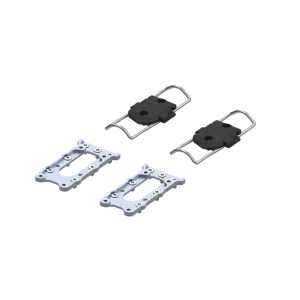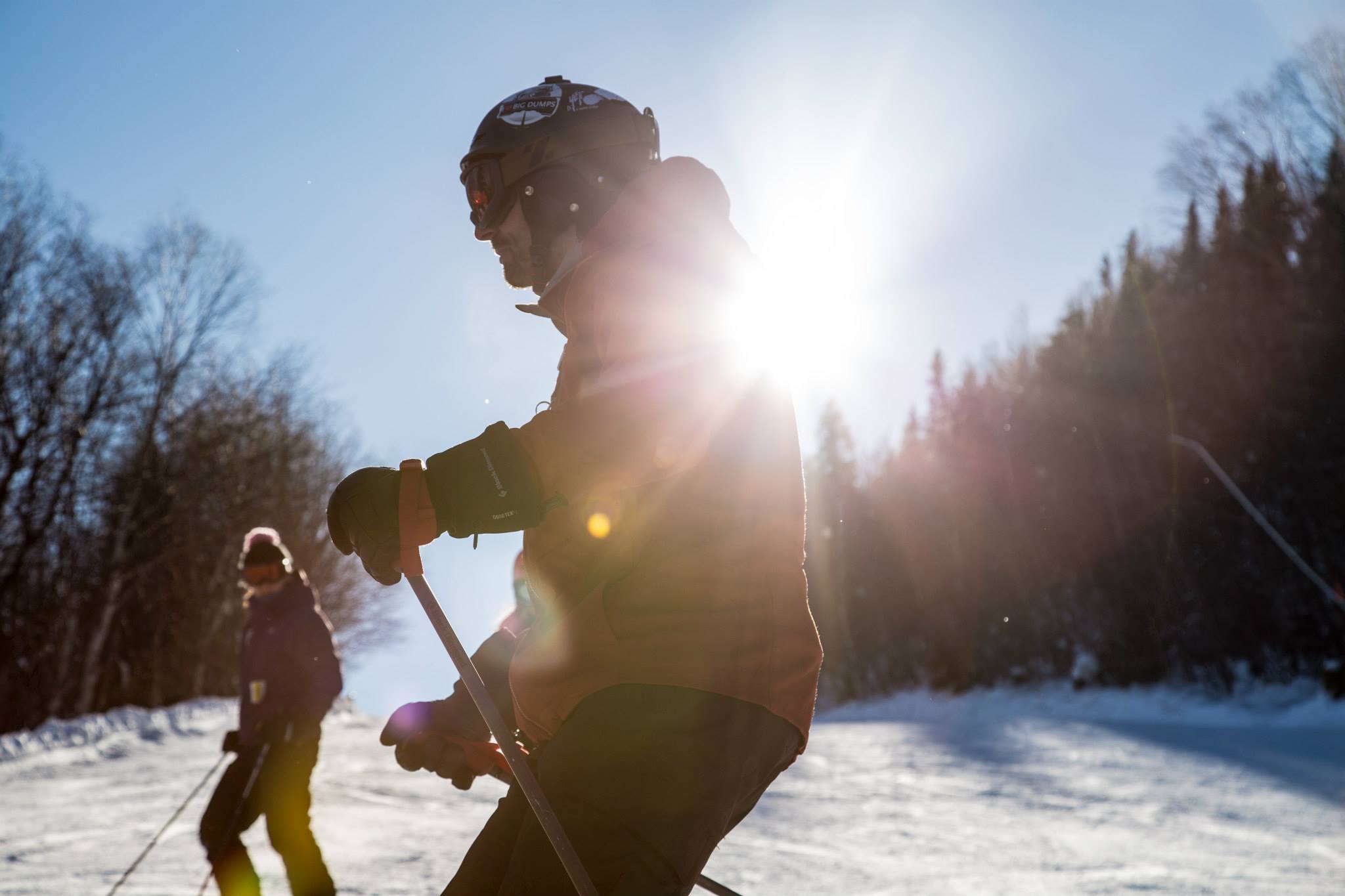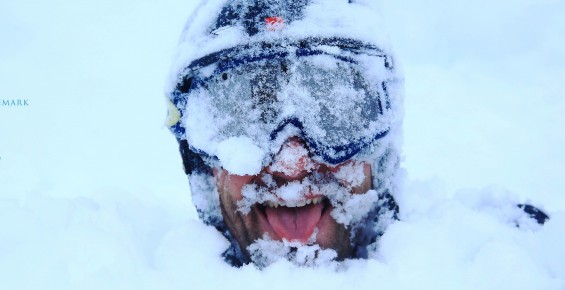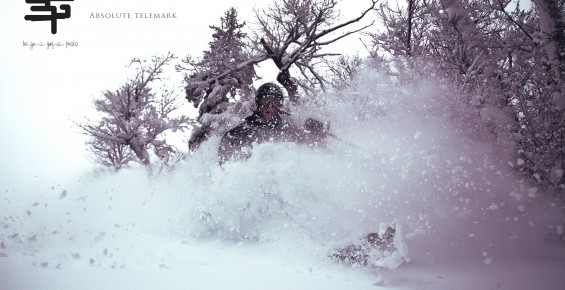Last season I spent a very good amount of time on the Bishop BMF bindings. I tried the NTN and the 75mm versions.
The Bishop Moto: THE GOLD STANDARD IN BADASSERY
Well, that’s true. Their products are badass.
Coming from the very Burly Bishop Bomber was truly a very reliable, biffy binding. It had a very good reputation and thus a following.
Came the NTN revolution and now, the Telemark Tribe need to have NTN boots and binding, right?
Flexibility
Well, the Badassary Mojo is more than that, the BMF comes in an NTN or 75mm option.
They have created the most flexible binding on the planet.
- You can choose 75mm or NTN
- If you were to change from 75mm to NTN in the years to come, you can send the binding back to Bishop and they will modify it for you at a reasonable cost.
- This binding fits all boot sizes. OK not all sizes but there is no small or large option, the BMF can be adjusted from boot sole 270 to 346mm which is about size (mondo 22 to 31) This is really nice for reselling your stuff or replacement parts
- Plus, you can get a switch plate to easily swap your binding on many skis.

Skiability
This is the real question and it took me 5 minutes to say that I really liked this binding.
In short, it skies great. It’s powerful, there is no dead zone and the amount of adjustability makes it a great choice for anyone but the purist who want a true neutral feeling
Trying both options is an eye opener. Really!
To a point where I want a go back to 75mm.
BMF 75mm
Okay not full time but still, I had so much fun.
First off, the 75mm is just a great option that skies really good. It’s powerful yet you can adjust it the way you like, to get a more neutral feeling.
Plus, when you think about it, this 75mm binding is the holy grail of 75mm binding. Well almost.
- You can a great skiability
- You get brakes
- you can an incredible step in
This is what resort skiers have been asking for decades.
As for no dead zone, that is something 75mm bindings have always struggled to achieve. The way this binding is engaging the boot is superb for the experts telemark skiers that demands a reliable balance in all the phase of the turn.
BMF NTN
The NTN version is also a very good binding that delivers a lot of punch. I quite enjoyed them and this has rapidly become my go to binding for the resort.
The real big difference over the competition is the ease of the step in step out. It really is better than anything else I have tried.
For this, I will mention that boot has an impact on this so take this considering I’m skiing with the Crispy Evo WC. But honestly, this is the closes we have ever been to the real step in of an alpine binding. Having a binding with a brake, that you can easily step in and out is such a joy when you are working as a ski patroller. It really makes my days easier.
Touring or not touring
As binding have become more and more active, you need a resistance-free mode to walk around the mountain. The Bishop offers their binding in the R version (stand for Randonnee) or the 3 (for non-touring.
This is really great because if you don’t need the touring option, you can save some money and weight and get a traditional binding.
But if like most of us, you end up adventuring in the backcountry, they offer a touring, resistance-free mode. Okay, it’s still a full frame binding, but it’s the best there is. It’s got a great ROM that the Outlaw X according to my tests.
Durability
Like I often say, I’ve never had a telemark binding not fail on me. And the BMF did have minor issues. Watch the video above for in depth description of my problems. But, like most companies, this problem was fixed during the season and I think it’s safe to say that this is one of the most durable bindings on the market.
Final Thoughts
Bishop has nailed it. Really.
If you are looking for a resort binding, if the step in step out is something important look no further, the BMF is just above the competition.
It skis very well in both 75mm and NTN version, it’s super flexible and will last you a long time.
The only thing still missing is a release binding. For that, you will have to look at the Meidjo which as the most sophisticated one on the market (Just my thoughts here, no hard data showing this)
Just to be clear, I still think the Outlaw X is a viable option. The 22 design Outlaw X only real disadvantage is the step in with a brake.
The price is still a major bump. At the time of posting, the price for the BMF-R is 699$ USD vs the Outlaw X at 399$ USD.
So you will probably use the switch plates and all the flexibility this binding as the offer.










What others think about it